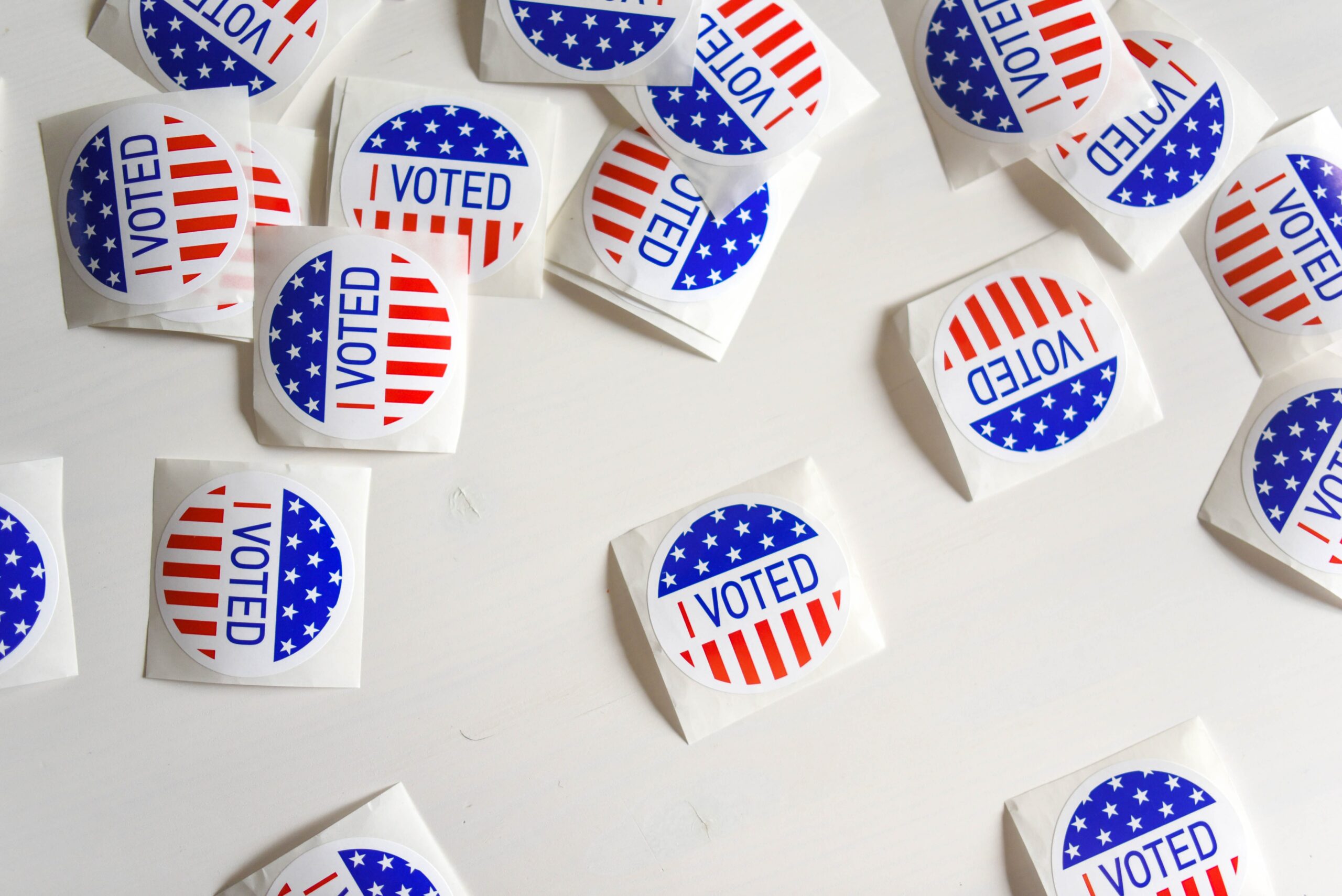According to data released earlier this month, an estimated 1.95 million people with disabilities had trouble voting in the 2020 election
Disability Voting Rights Week 2022, an annual effort coordinated by the American Association of People with Disabilities (AAPD) kicked off September 12, 2022 to make sure disabled voters in every community across the country are registered, ready to vote and have access to the ballot. Additionally, it’s a day to engage with candidates and community leaders on issues impacting people with disabilities and to discuss better accessibility inclusion programs.
On this same day, the Microsoft Accessibility and Democracy Forward teams also celebrate the launch of the Center for Civic Designs’ Disability Voting Index. This new tool offers a single, centralized location that makes it easy to quickly search and understand accessibility options in all 50 states so that more people with disabilities can participate in the electoral process.
This work is a direct result of Microsoft listening to, and working closely with, disability communities to understand specific challenges and what was needed to garner greater civil society participation. They gauged the availability and accessibility of election information in all 50 states, plus DC, during an equitable Microsoft Global Hackathon by combing all 51 state election websites to see what information was available, how easy it was to find and if the website passed a basic accessibility check. What we found reflected what our partners in the community have been saying – information about accessible voting was very hard to find.
While nearly 62% of people with disabilities voted in 2020, up from 56% in 2016, finding accurate voting information can still be a challenging process for these populations. Currently, every state not only has different rules and options, searching for voting information can vary greatly based on terminology and location. Twenty-one states had info pages using the term “voters with disability,” 16 used “accessible voting” and 11 states had no dedicated page whatsoever. The Disability Voting Index is the first step to solving this problem.
Microsoft plans to continue to update the site to expand its comprehensiveness and utility. Currently, it provides in-depth information describing the available resources for voting in each state. It also provides information on rights for a voter with a disability, vote by mail, in-person election day voting details, as well as, where applicable, descriptions of the types of voting machines in use (at one’s polling location) with links to instructional videos. Recognizing that state laws affecting the 2024 general election are still changing, they will continue to monitor and update the website as they are amended.
In the future, they indicate they are hopeful this initiative will continue to grow and provide the basis for evaluating not just what accessible options are available, but how well they serve their intended audiences. They note they alao hope to enable quantitative and qualitative performance evaluations in order to spur innovation and more rapid adoption of effective techniques, analogous to the Elections Performance Index but with a focus on accessibility.
Report by: David Goldfield, Assistive Technology Specialist

